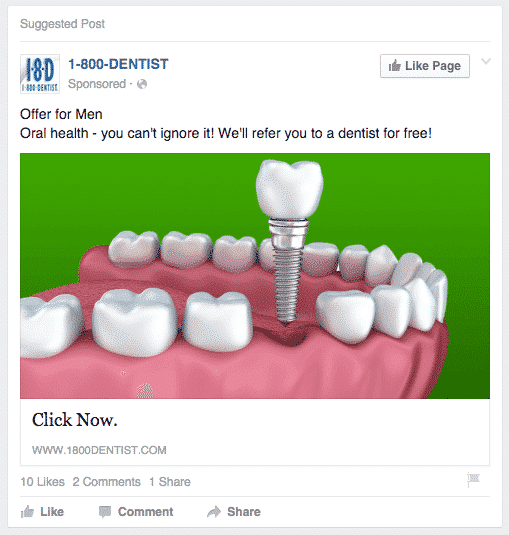When you own a business and a business website, then you, of course, have to keep churning out content to keep your site fresh and interesting and to keep viewers and Google interested in your site. Of course, you’re limited in terms of what you write about; you have to write about things that specifically relate to your business. Obviously, for example, if you run an ice cream shop, you can’t just start writing about the best clothing stores in the area.
This means that you end up writing on the same topic a lot, and keeping content fresh while writing about the same old things can prove difficult. Fortunately, though there are ways to keep your content new and interesting, even if it’s all on basically the same topic, especially if you can follow our fool-proof tips.
Tip #1: Hire Professional Writers
First things first, even if you think that you are a pretty good writer, don’t make the mistake of thinking that you can regularly come up with fresh, new content on the same topics over and over again without repeating yourself or resorting to plagiarism. This is something that is hard for even long-time writers, let alone non-professionals.
Truly professional online writers, however, are skilled and extremely experienced in writing online content on the same topics without resorting to disastrous tactics. Thus, when you call on them to do your writing for you, you don’t have anything to worry about.
Tip #2: Pay Attention to What’s “Trending”
Another thing that can really help you when it comes to creating always-fresh content is to pay attention to the news, to the “big queries” on search engines, and to what happens to be trending on social media. If you know what’s “hot” at a given time, you can often find a way to talk about it and relate it back to your main topic in your content.
If, for example, you sell bathing suits, and there’s been a recent heat wave in your area, you could have your writers discuss the heat wave and then mention how it’s making it a great time to go to the beach in a new suit.
This attention to the latest news is sure to keep your content fresh and up to date while still accomplishing your main goals.
Tip #3: Come Up with “Tips” Articles
If you’re reading this blog right now and you’ve kept reading from beginning to end, that is a pretty good indicator that “tips posts” work, so give them a try with your own content. See, no matter what kind of business you’re in, it’s easy to come up with a bunch of unique “tips” articles.
Remember the ice cream business we mentioned earlier? That business could easily write about how to choose the best ice cream flavors, tips on planning an ice cream social, and so much more; the same goes for any other business.
Plus, not only is it easy to come up with “tips articles,” but they also tend to be highly scannable, which is exactly what you want with online content.
As you can see, keeping online content fresh, new, and exciting- even if you’re writing about the same old stuff a lot- isn’t hard if you follow these simple tips.





 Figuring out why your webpage/website isn’t loading as fast as you’d like is a matter of thinking through the different components that make up your website. Each webpage is made up of the following:
Figuring out why your webpage/website isn’t loading as fast as you’d like is a matter of thinking through the different components that make up your website. Each webpage is made up of the following:




 Cyber crime cost varies by organizational size.
Cyber crime cost varies by organizational size.

